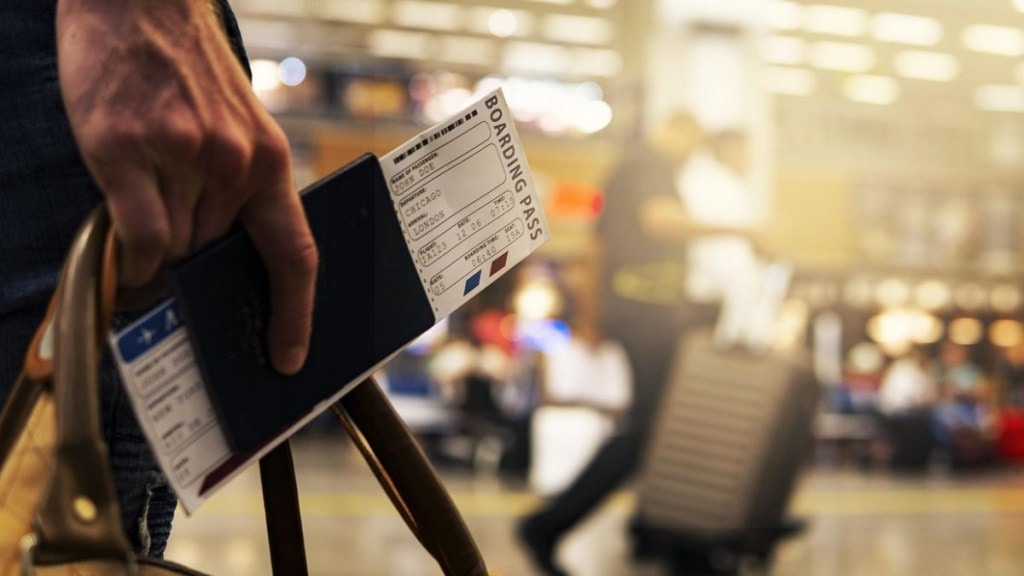Amid US President Donald Trump’s immigration crackdown, the Indian government is currently working on a new scheme focused on bringing back Indian-origin “star faculty” and researchers currently based abroad, according to The Indian Express. The move will not only bring the top scholars back to India, but also offer them positions in top research institutions and thus promote long-term collaboration to improve the country’s science and technology ecosystem.
This comes amid growing concerns over the Trump administration’s policies on higher education and hefty H-1B visa fee row in the United States. On the other hand, the ongoing US government shutdown has triggered mass furloughs, and thousands of federal workers have been laid off. The most impacted is the US Department of Education, whose workforce has been reduced by more than half under the Trump administration’s directive.
Building the Research Ecosystem
Officials say the plan is to boost India’s research and development (R&D) sectors by offering these scholars positions at premier institutions such as the Indian Institutes of Technology (IITs), research laboratories, and autonomous bodies under the Departments of Science and Technology (DST) and Biotechnology (DBT), The Indian Express reported.
According to the sources, the scheme will initially target 12–14 priority areas in science, technology, engineering, and mathematics (STEM). The scheme may also provide “set-up grants” to scholars, which will help them establish labs and research teams in India. IITs are reportedly on board, with several directors participating in discussions with the government, reveals The Indian Express.
The Trump administration’s major shakeups have imposed strict conditions on universities, including limits on international student intake. According to Dr Vaishnav, an academician at the MIT Sloan School of Management, “Financially, we may never match global salaries, but there’s an emotional pull. Strong signalling will attract talent. On the output side, select the right people and let them work. Oversight should be light, focusing on long-term relationships rather than transactional exchanges.” For example, an Indian professor earns roughly USD 38,000 annually, compared to USD 130,000–200,000 in the US and about USD 100,000 in China.
The government is reportedly designing the scheme to address these issues, including “procedural delays, funding uncertainties, and limited institutional support.” Discussions are also ongoing regarding intellectual property rights, research autonomy, and tenure structures to make the scheme attractive and competitive.
Global race for academic talent
As of now, countries like Europe, China, and Taiwan are mass recruiting overseas researchers through well-funded initiatives and new research centres. India aims to push its institutions in this global race and hopes to reduce the outflow of scientific talent. While India already runs initiatives like the Visiting Advanced Joint Research (VAJRA) Faculty Programme, which allows short-term collaborations with overseas researchers, these have had limited participation. Since its launch in 2017–18, VAJRA facilitated nearly 100 collaborations with Indian institutions.

